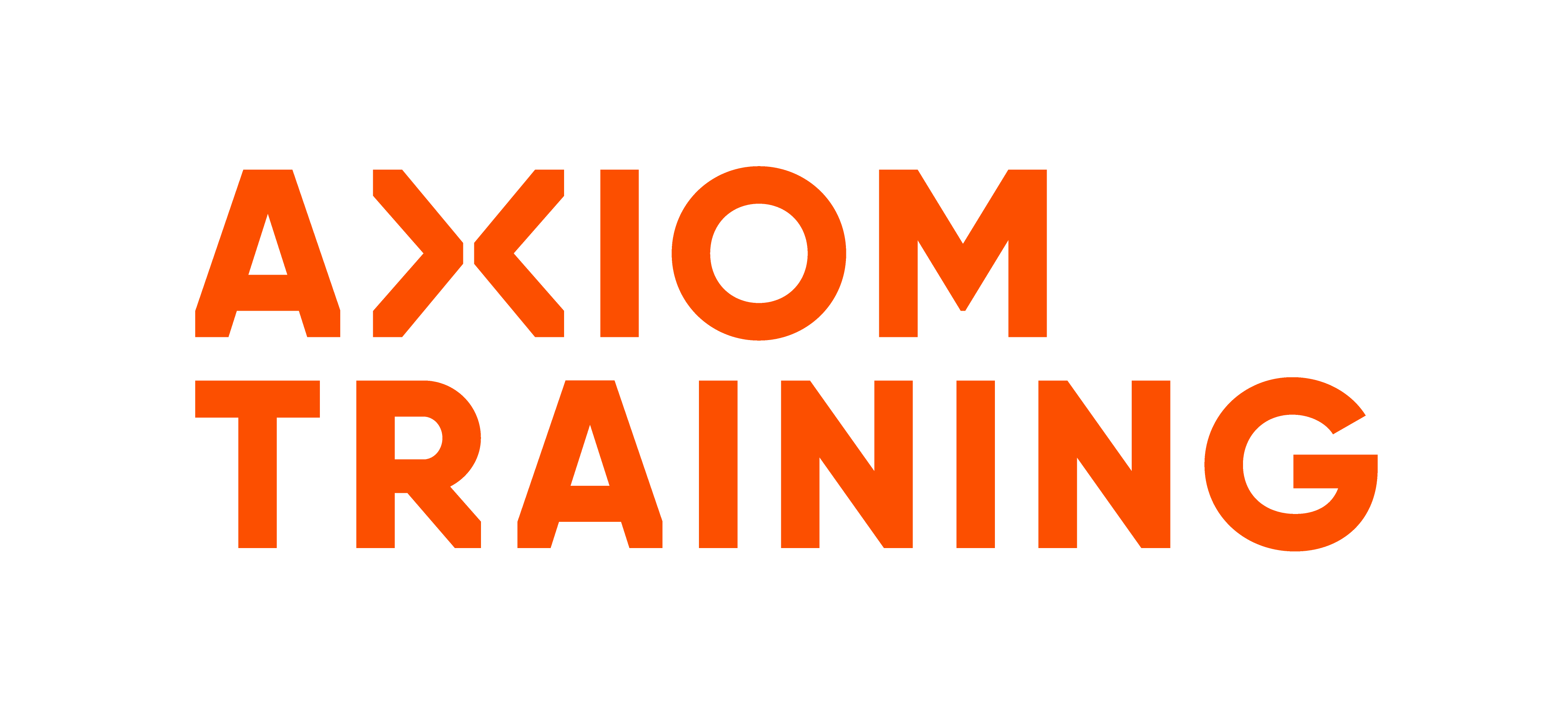English as a Second Language
Is English your second Language?
-
To enrol in our courses, trainees must demonstrate proficiency in both written and spoken English. This should be equivalent to NCEA Level 1 (basic high school-level reading and writing) or an IELTS score of 5.5 or higher. This level ensures participants can effectively understand course materials and participate in discussions.
If you do not meet the required English proficiency level, there may be alternative pathways available. Please see the options listed below or contact us to discuss your situation.
Can I Bring a Translator or Reader/Writer to My Course?
-
In some cases, yes. This depends on the course you are enrolling in. For certain public group courses, having a translator or reader/writer may not be suitable. However, they may be permitted for theory-based courses.
If you require support, please contact us in advance to discuss your options.
Interpreter Guidelines
- Interpreters may be allowed for NZTA-approved courses under specific conditions. Students are responsible for arranging and covering the cost of their interpreter. The interpreter's role is strictly to translate the assessment questions into the student's language, enabling them to respond independently.
- Interpreter Requirements:
- Translate assessment questions from English to the student's language.
- Provide photo ID to the Course Trainer on the day of the course.
- Complete the Interpreter Declaration Form.
- Can be a qualified translator, workmate, or family member.
- Interpreter Restrictions:
- Cannot complete the assessment for the student
- Cannot complete the assessment for the student
- Cannot be another student or course participant
Reader Writer Use
-
If a student is unable to write their answers in English, a reader writer may be used. This must be a different person from the translator if a translator is also required.
In some cases, the Assessor may act as the reader writer if it is practical. Otherwise, the student will need to arrange and cover the cost of an additional Safety n Action team member to assist as the reader writer.
If you require this support, please contact us in advance to discuss your options.
Are there any courses where an interpreter cannot be used?
-
Yes, interpreters cannot be used for the Dangerous Goods documentation section of the course. This part of the training must be completed independently without translation assistance.
If you have any questions about language requirements for your course, please contact us for more information.




